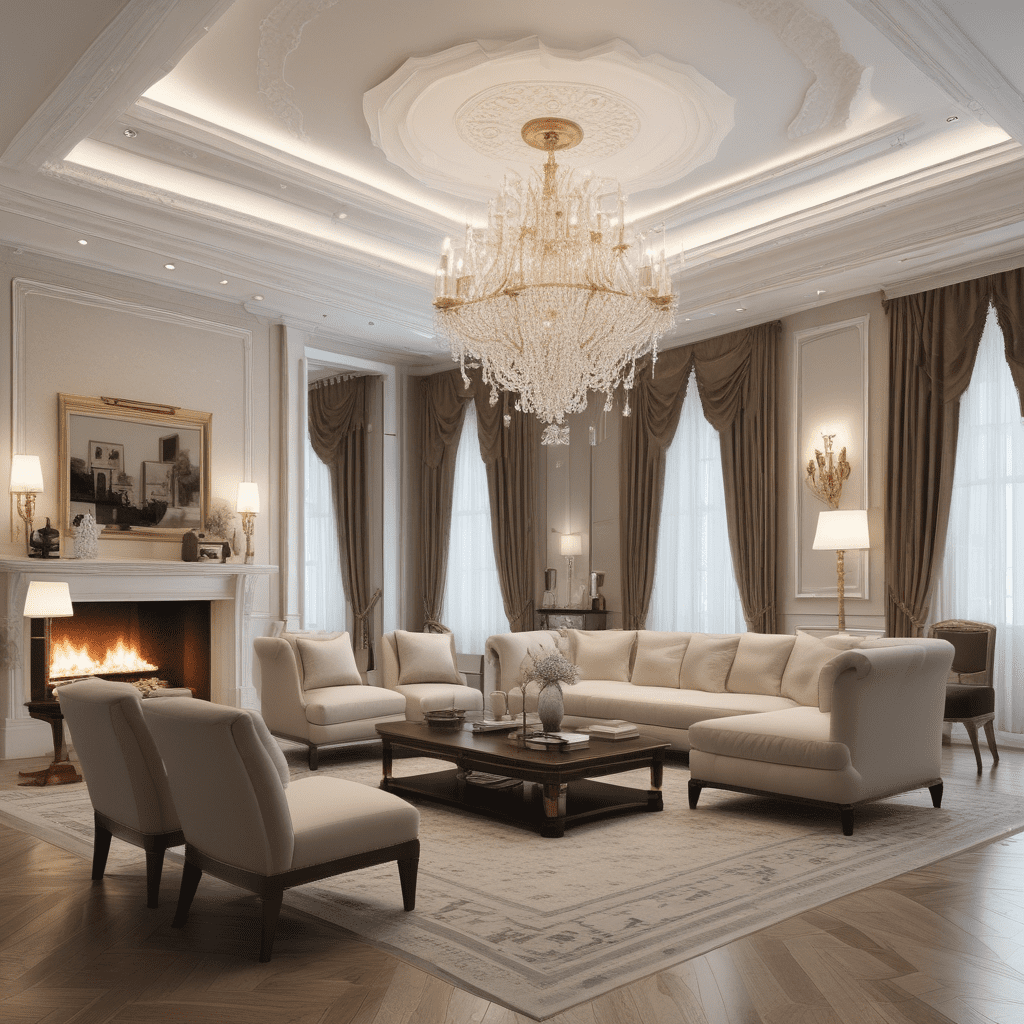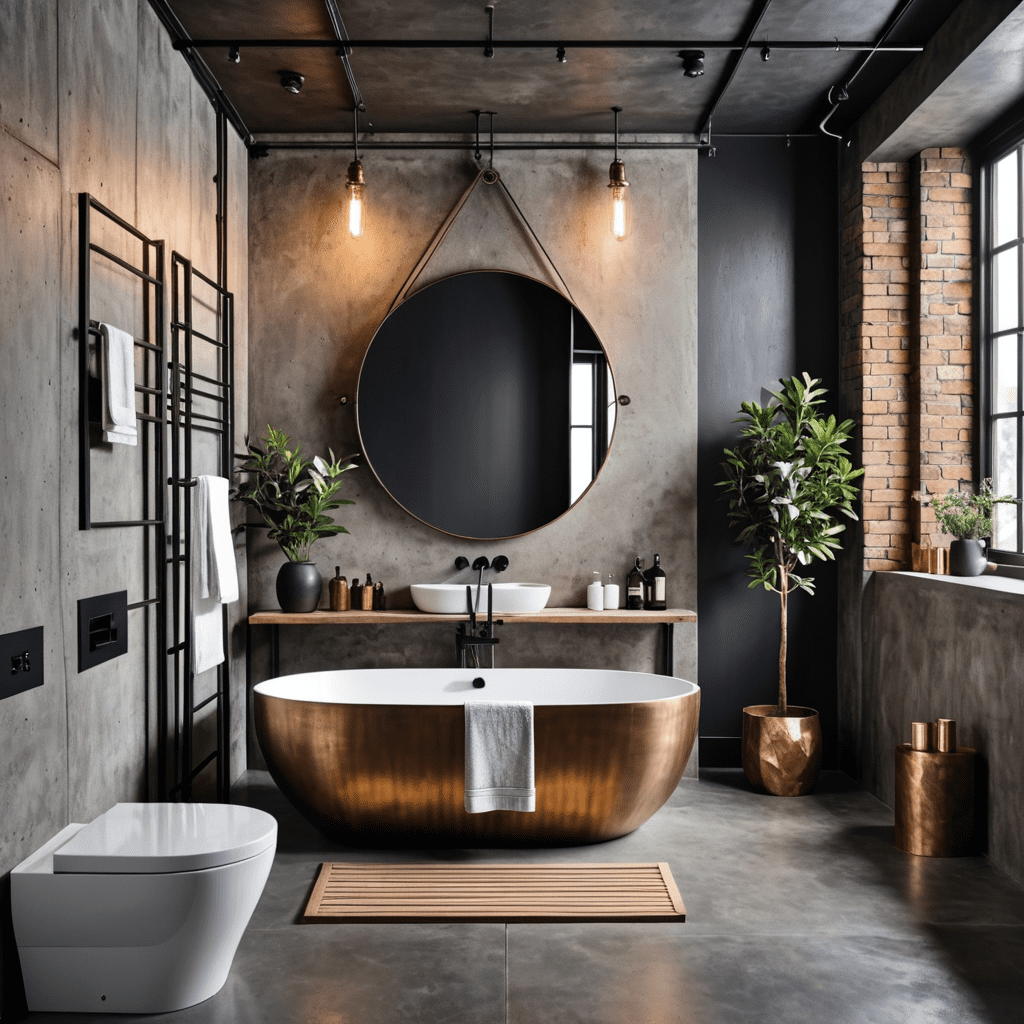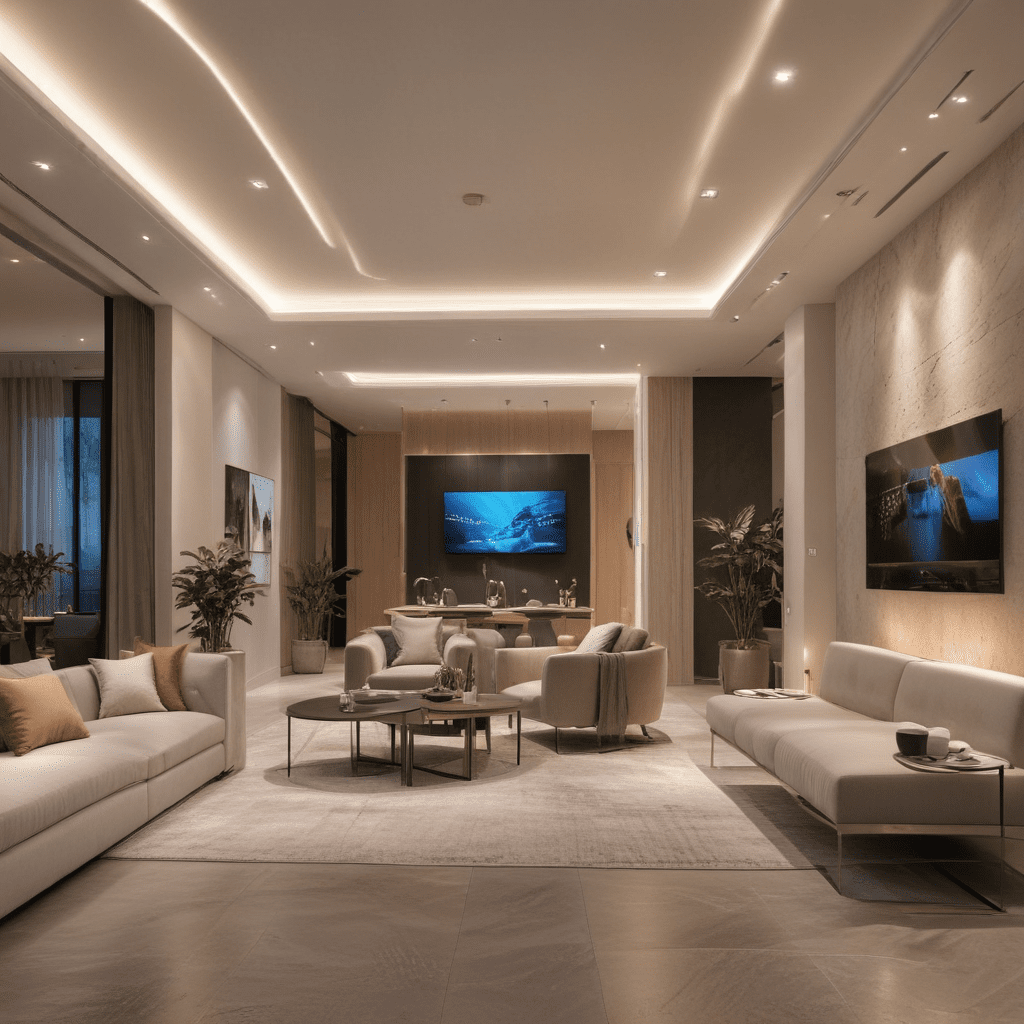1960s Interior Design: A Retrospective Look


1960s Interior Design: Embracing the Groovy Decade
The 1960s was a decade of significant cultural and societal changes, and this transformation was undoubtedly reflected in interior design trends. From psychedelic patterns to space-age furniture, the 1960s interior design was a vibrant and adventurous time. In this article, we’ll explore the key elements that defined this era, enabling you to bring some groovy retro vibes to your home today.
1. Colors that Pop: Psychedelic Palette
One of the defining features of 1960s interior design was the use of bold and vibrant colors. From brilliant oranges and yellows to electric blues and greens, the psychedelic palette was all the rage. Incorporating these vivid shades into your home can instantly transport you back to the swinging 60s. Consider using colorful accents in your furnishings, wallpapers, and accessories to embrace the spirit of the era.
2. Statement Furniture: Organic Shapes and Pop Art
The 1960s was a time of experimentation, and furniture design was no exception. Organic and unconventional shapes were popular, replacing the more traditional and structured designs of previous decades. Think curvy and abstract forms that add a touch of whimsy to your space. Additionally, pop art influences such as bold graphic patterns and vibrant color contrasts played a significant role in shaping the furniture of this era.
3. Mind-Bending Patterns: Geometrics and Florals
Patterns were a staple of 1960s interior design, offering a way to express individuality and rebellion against established norms. Geometric prints, like hexagons and circles, could be found on wallpapers, rugs, and upholstery, adding a dynamic and energetic vibe. Alternatively, if you prefer a softer touch, floral patterns with large, colorful blooms were also popular during this time and could be incorporated into curtains, bedding, or accent pillows for a more feminine touch.
4. Go Retro: Incorporating Vintage Textures and Materials
To truly embrace the 1960s aesthetic, consider incorporating vintage textures and materials into your design scheme. Materials such as shag carpeting, vinyl, and Formica were commonly used during this period. Including these elements in your home can add an authentic retro feel. For example, you could opt for a shag rug or a vinyl lounge chair to bring some vintage flair to your living room or bedroom.
5. Open Spaces and Natural Light: Embracing Mid-Century Modernism
The 1960s saw a continuation of the mid-century modern design movement, which emphasized open spaces and the connection between indoor and outdoor living. Large windows and sliding glass doors allowed natural light to flood into the interiors, creating a sense of spaciousness and blending the boundaries between the inside and outside. Achieve this aesthetic by incorporating floor-to-ceiling windows, light-colored walls, and minimalistic furniture to create an airy and open atmosphere.
6. Frequently Asked Questions (FAQ)
Q: Can I mix and match different 1960s design elements?
Absolutely! One of the beauties of 1960s interior design is its versatility and willingness to mix different styles and patterns. Feel free to experiment and combine bold and psychedelic colors with pop art furniture or geometric patterns with organic shapes. Let your creativity flow, and don’t be afraid to make a statement!
Q: How can I incorporate 1960s design without going overboard?
If you want to add a touch of the 1960s to your home without fully committing to the style, start small. Add retro-inspired accessories like lava lamps, abstract wall art, or colorful cushions to your existing decor. By incorporating a few key elements, you can create a subtle nod to the era without overwhelming your space.
Q: Are there any modern twists on 1960s design?
Absolutely! Incorporating elements of 1960s design doesn’t mean your space has to feel outdated. Many contemporary designers draw inspiration from the 1960s and reinterpret it for today’s aesthetic. Look for modern furniture pieces with subtle retro touches or incorporate 1960s-inspired colors into a more contemporary design scheme for a fresh and unique look.
Q: Can I mix 1960s design with other interior design styles?
Certainly! Interior design is all about creativity and mixing different styles to create a unique space. The 1960s aesthetic can blend well with various styles, such as Scandinavian, bohemian, or eclectic. Experiment with combining elements from different eras to create a truly personalized and harmonious interior.
Q: How do I find authentic vintage furniture and decor from the 1960s?
Finding authentic vintage pieces from the 1960s can be a treasure hunt. Start by visiting local antique stores, flea markets, and thrift shops. Online platforms and auction websites can also be great sources for discovering unique vintage finds. However, be prepared to put in the time and effort to find the perfect pieces that fit your style and budget.
Q: Can I incorporate 1960s design in small spaces?
Absolutely! The 1960s design aesthetic can work well in small spaces, as it often involves open and airy layouts. Emphasize the use of light-colored walls, large mirrors to create an illusion of space, and compact furniture with clean lines to maximize the room’s potential.
The 1960s brought us an explosion of color, shapes, and patterns that continue to inspire and delight interior design enthusiasts to this day. Whether you fully embrace the era or simply incorporate a few key elements, adding a touch of the 1960s to your home can transport you to a time of rebellion, creativity, and endless possibilities.





